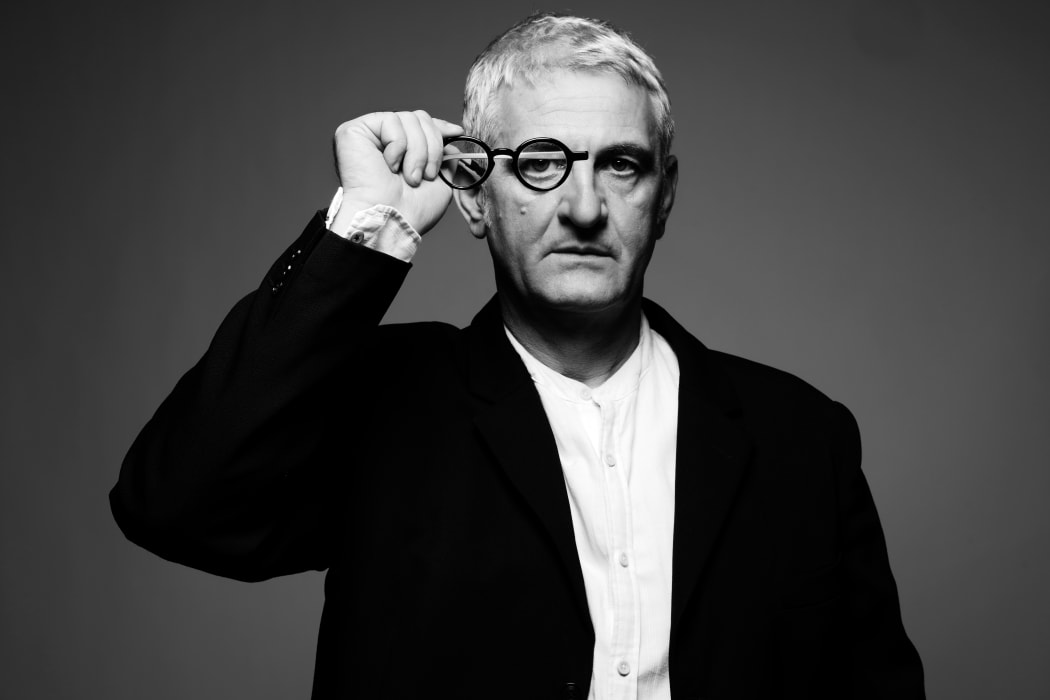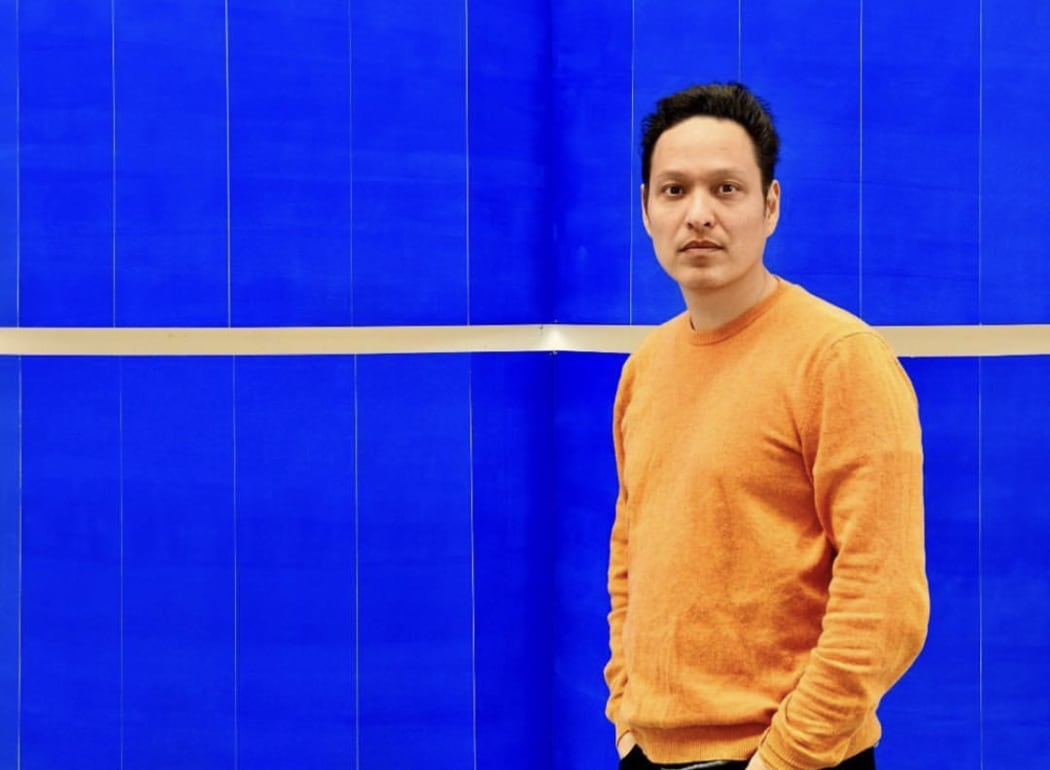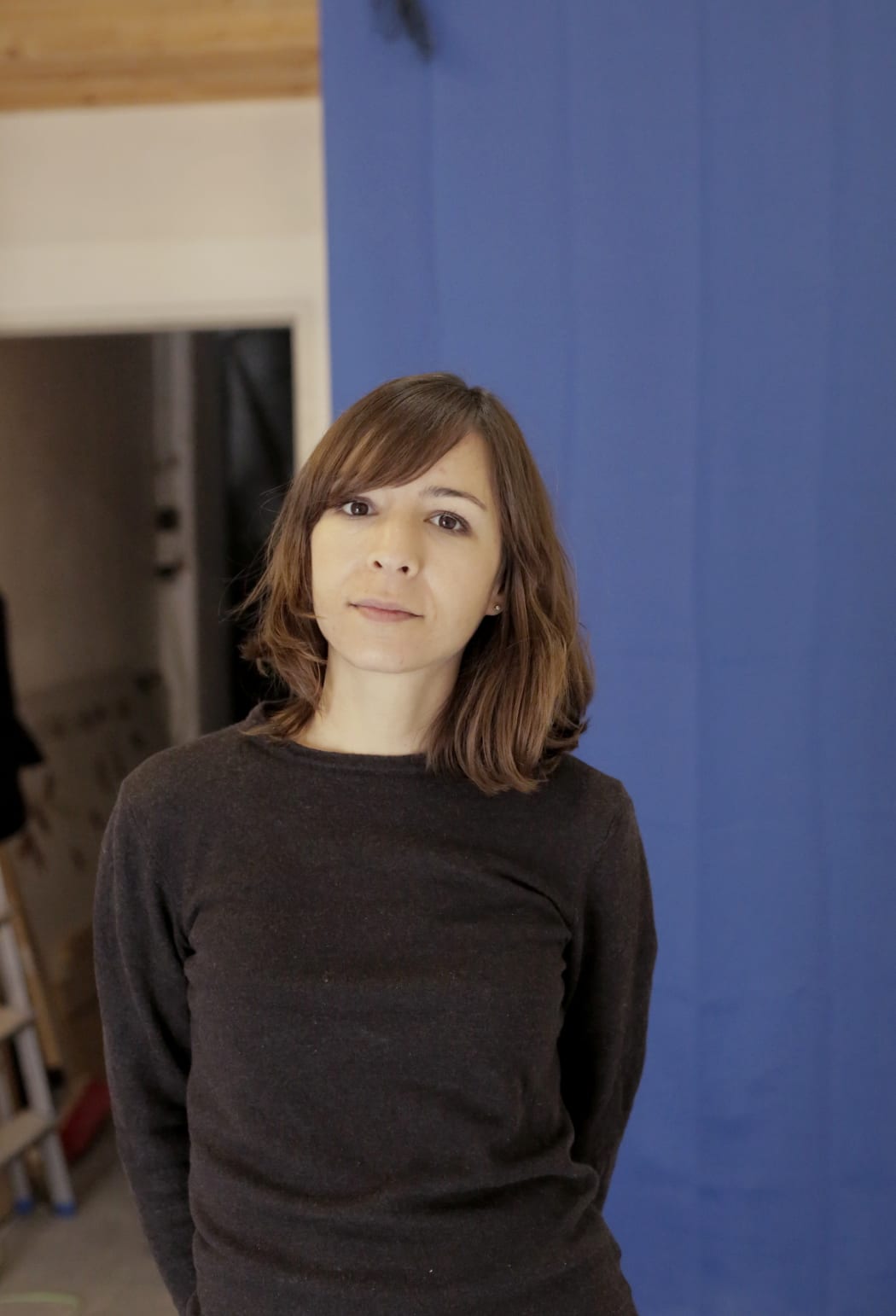-
 Saša Pančić. Photo credit: Nebojša Babić.
Saša Pančić. Photo credit: Nebojša Babić.I recently talked with Serbian-based artist Saša Pančić about his exhibition at Ronewa Art Projects in Berlin entitled "Membranes." The exhibition runs until December 21, 2023, and features three distinct series of ink drawings: "Semantic Shadows," "Liminality," and "Beyond the Horizon."
Roger Washington: The title of your exhibition, "Membranes," explores the metaphor of membranes as selective barriers that protect and define physically and symbolically. Could you elaborate on how this concept translates into your art and how it challenges viewers to consider hidden layers of reality?Saša Pančić: The exhibition's title, "Membranes," has symbolic meaning derived from the artwork's language - its flatness and imaginary depth. I have always been fascinated by the creation of the physical world; why do certain forms in nature have this specific look? On the other hand, for me, a painted picture (or drawing) is beyond the concept of representation; it has the essence of a particular language and is the perception of different dimensions and interactions between external and internal, physical and psychological, historical and super-historical.
-
 Artist: Tashi Brauen
Artist: Tashi BrauenAn Interview with Tashi Brauen
Berlin, GermanyThe works of Swiss artist Tashi Brauen are created amid genres.
Between image and sculpture, surface and volume, as well as between different media of artistic expression, Brauen creates expansive installations, picturesque-looking photographs and relief-like wall objects that playfully trace the phenomenon of the surface.
Through his material manipulation, Tashi Brauen opens up a new and unusual view of traditional materials and focuses on their physical properties.
-
 Artist: Patricia Sandonis
Artist: Patricia SandonisAn Interview with Patricia Sandonis
Berlin, GermanyThe works of Berlin based Spanish artist Patricia Sandonis possess a strong political character.
The partly participatory installations, objects, and drawings translate social phenomena into artistic processes. For example, Sandonis deals with the creation and consolidation of collective memory. For this, she has dealt with the conservation of European monuments, and has developed her own artistic language of remembrance.
-
 Elisabeth Sonneck, Scrollpainting5 rotation orange, 2015, Kunstmuseum Ahlen, Germany, with a painting by Heinrich Campendonk, Oil on paper ea. 110 x 500 cm. Photo: Hubert Kemper
Elisabeth Sonneck, Scrollpainting5 rotation orange, 2015, Kunstmuseum Ahlen, Germany, with a painting by Heinrich Campendonk, Oil on paper ea. 110 x 500 cm. Photo: Hubert KemperAn Interview with Elisabeth Sonneck
Berlin, GermanyThe Berlin-based artist Elisabeth Sonneck uses painterly means to create exciting color spaces. However, these do not constitute a self-contained illusionistic image, but are directly related to their environment.
In temporary site-specific installations as well as in autonomous pictorial objects, Elisabeth Sonneck's painting emanates from surface and wall, becomes vivid and conquers real space. With minimalist lightness, her works expand artistic boundaries.